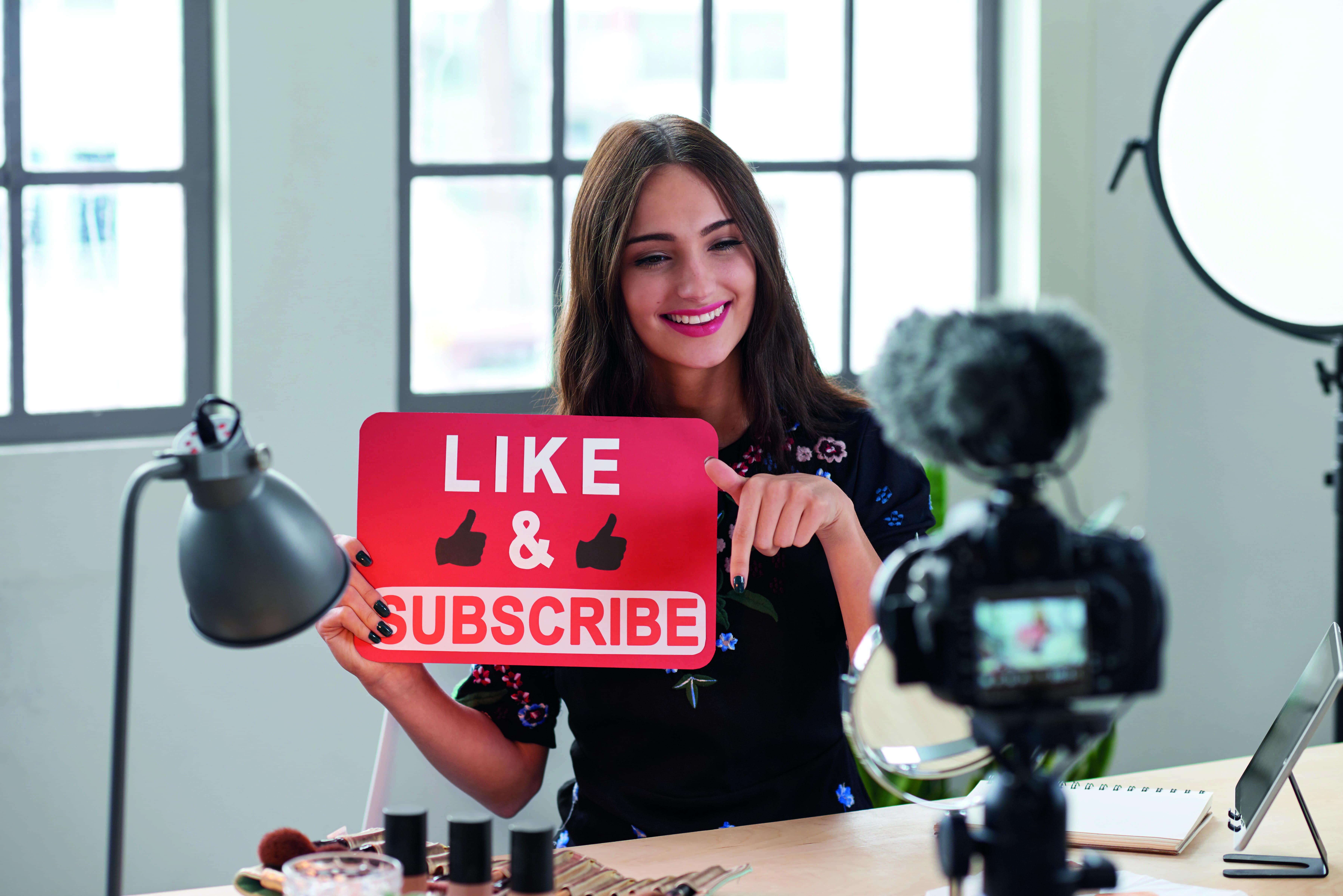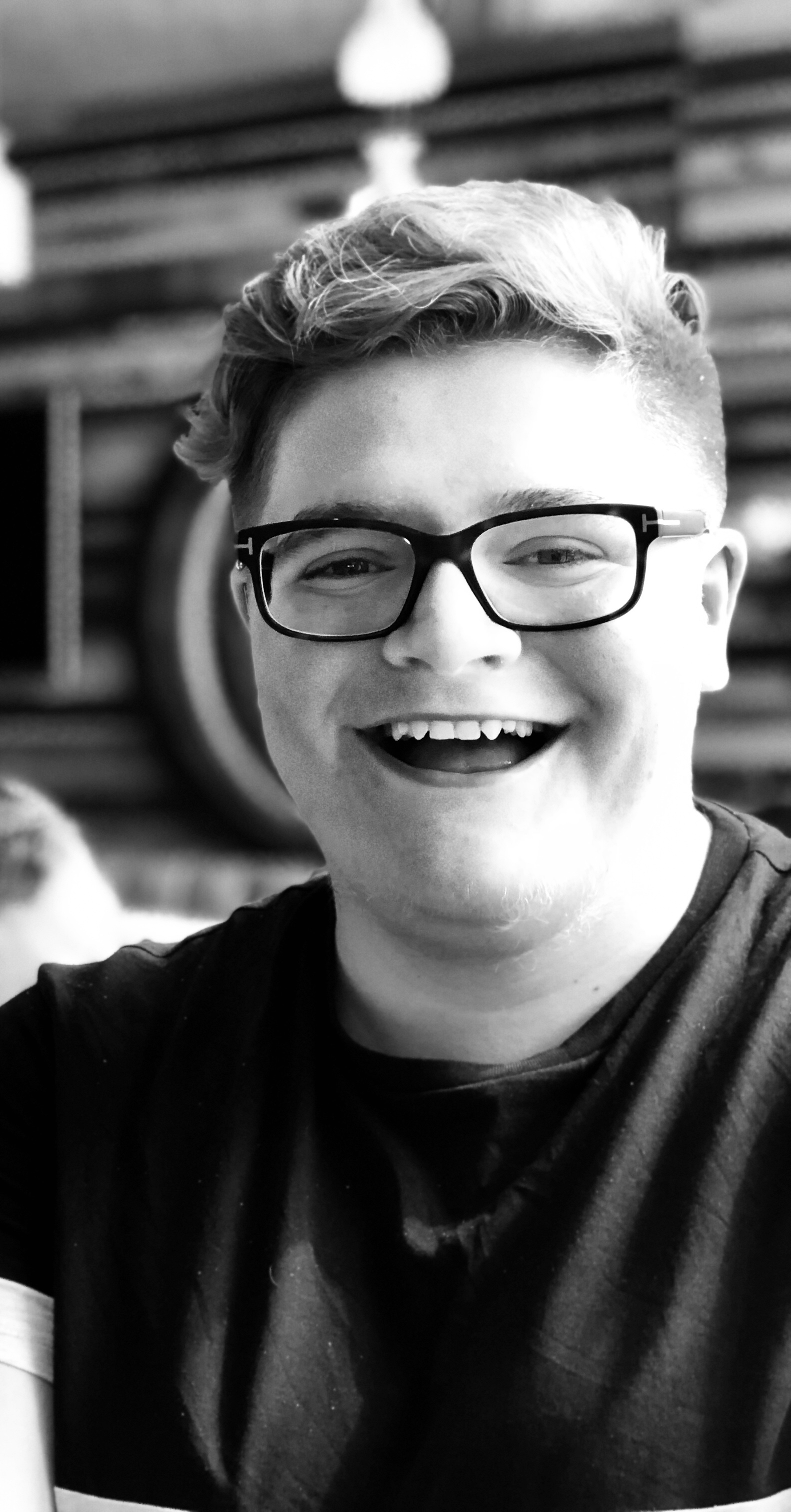AM Upskills: Creating great video content for your clinic on a budget

We’re all told content is king, that social media will boost us to superstardom, and how we start is by putting out regular content across multiple platforms.
Professionally-shot photo and video is the gold standard, but if you can’t afford to do this regularly and reactively, with the editing time that’s involved too, then I’ve compiled some essential apps and gear that will allow you to work smarter and step up your content game.
Creating great looking and sounding content for your target audience, whether you have 150 followers or 150,000, should ultimately lead to generating more income in clinic– the main goal of any business social media account. Your mobile phone is a studio in your pocket, and with this guide you can get to work on your own media empire, wherever you are.
Key apps for video creation
“There’s an App for that”, hailed Apple’s 2009 campaign, with the launch of the App Store. Apps, regardless of your smartphone brand of choice, are ubiquitous in modern life. The apps I’ve chosen below will allow you to create, edit and share professional-standard graphics and videos, made up in just a few minutes.
Adobe suite (Lightroom, Spark and Premiere Rush)
Adobe is the number one developer of software for creatives. Thankfully, you don’t have to learn Photoshop inside out anymore to develop great-looking video and photo for social media.
Adobe Lightroom is a free photo editing app which is loved by brands, agencies and influencers worldwide. Why? It’s simple to use but you get a much more precise control of the image. You can also export at professional quality and store your images on the cloud and across your devices. The most popular feature, however, are the pre-set filters in a much wider range than Instagram; there are 30 built in and thousands available to download online. You can transform a picture to fit your aesthetic in one tap and share across multiple channels. Don’t find a preset that you like? Save your own after playing with the sliders and cut down your editing time.
Adobe Spark Post and Video are two apps with a simple user interface that allow you to generate graphics quickly. There are hundreds of editable templates in the app, or you can start your post from scratch. Need to resize that Facebook image for Twitter? The app does it for you, ensuring the best quality and no dodgy cropping. You can also access your images from Lightroom across Spark, too.
Adobe Premiere Rush is the light version of Premiere Pro, one of the industry standards for video editing. Rush is lightweight and intuitive, and contains built-in templates, eye-catching effects and tutorials to help you get the best out of video editing.
Upgrading to the paid versions of these apps allows you to save multiple “brands”; your logo, colour schemes and fonts are saved into the app, so making a branded text post, before-and-after image or new video becomes a breeze.
Canva
A rival to Adobe Spark, Canva is known as “freemium”; you can upgrade to a pro version to unlock many more features. Anything that is free is worth trying, in my opinion, and Canva allows you to create better social media graphics, make branded content and publish across the web.
Unsplash
Sometimes, stock imagery is required. Unsplash is an archive of beautiful, royalty-free photos, submitted by their creators. To make stock seem less dull, combine with editing, captions or animations to breathe your brand into the image.
Inshot
An alternative to the Adobe video editors, Inshot for phones and tablets allows you to edit video, add subtitles, music and voiceovers, and make slideshows, too. The app is comprehensive in the free version – enough to get to grips with how it works – and also offers a Pro subscription for only £11.99 per year.
Layout and Hyperlapse
Both free from Instagram, Layout allows you to quickly organise up to nine images in a single square for Instagram. Hyperlapse is a video app where you can shoot timelapses – videos recorded with a low frame rate, so when played at normal rate, look fast but smooth. Hours of video can be viewed in minutes.
In clinic, timelapse videos of facial treatments look great and should get great engagement. We always recommend making sure you have enough video so your timelapse is at least 30 seconds long.
Notes App (free) and Goodnotes/Evernote (paid)
The best note-taking apps. These are well worth using if you aren’t a pen and paper kind of person. Always have your content plan, your hashtags and your miscellaneous scribblings to hand, separated into digital notebooks. I use Goodnotes across my phone, tablet and laptop.

Best equipment for making video content
Investing in some basic photography/ videography gear will allow you to create much better-quality content, which can increase your engagement, in turn generating more bookings.
Grip/mount
While making content in selfie mode is brilliant, going hands-free makes your video (and photography) stand out. My recommendation is Joby GripTight Mount PRO. Adjustable in portrait or landscape, the universal mount will hold any size smartphone. It’s the most secure mount we have found and can be put on any tripod or grip with a ¼ inch screw (standard in photography).
Tripod
“Buy cheap, buy twice” rings true when it comes to tripods. Manfrotto has been a leading name in photography for decades; its Compact Tripod is sturdy and can tolerate being moved around a lot, while being lightweight enough to take on public transport to clinic with you. I like the Manfrotto Compact Series; the more adjustable the better.
Mic
The biggest weakness we so often find in content production is sound. The Røde SmartLav+ is a lavalier (or clip-on) mic for smartphones which is perfect for clear, crisp audio, whether you’re talking directly to camera or talking while treating a patient. Alternatively, check out shotgun mics if you’d rather attach a mic to your phone than to yourself.
Lighting
The lighting in your clinic should already be good enough to film in, if you have set it up to get the clearest look at a patient’s skin and deliver the best results. Ring lights will be a good addition – we see a lot of ring lights in clinics and for good reason; they’re cheap, consistent and flattering. The shadow it creates brings the subject into beautiful focus.
Backdrop
Your background matters. A busy background of your clinic or office is usually perfect for most video. Want to create a talking head video where you are explaining? A plain background is great for taking pictures or hands-on videos of products. I recommend looking for a pull-up backdrop or a traditional stand with cloth or paper. Make sure it is standing straight up and not creased, as your clean look will become distorted.
Gaffer tape
Knowing where to put a patient against a background to create uniform before and after shots is as simple as using four strips of gaffer tape made into an eight-point star, and another to set your tripod on. Have your patient set their feet on each line of tape. My recommendation: Duck Tape. It comes in pink.
Gimbal
Now, we’re verging away from essential, but have you ever wondered how live sports are filmed so smoothly at such a fast pace? A gimbal allows you to shoot stable footage when moving, thanks to a 3-axis pivot, motors and a chip which knows when you are moving your camera intentionally and when you aren’t. No more shaky hands! My recommendation: DJI Osmo Mobile 3. Ergonomic, versatile and lightweight enough to use in one hand, you can add movement to your videos without the shakiness.
Camera
Finally, if you want to pick up a camera to shoot your own video, I would recommend going to a specialist such as London Camera Exchange to find a model to fit your needs. “Vlogging” cameras are now specially built by manufacturers to meet the needs of fast content creators, and could suit your clinic perfectly. The Sony ZV-1, Canon Powershot G7 MKIII and Fujifilm X-A7 are all compact cameras with flappable screens for “selfie” viewing and Wi-Fi connection to share footage straight to your phone. You should expect to spend between £600 and £800 on a camera.

 Alex Bugg works for
Alex Bugg works for 
